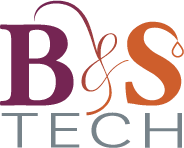The popularity of alcohol-free beers and wines is driving European manufacturers to equip themselves with alcohol-removal technologies.
But what are these technologies?
In order to dealcoholise an alcohol (wine, beer or spirits), 3 techniques are available and effective. Let's have a look today at the reverse osmosis:
This is a physical process to separate alcohol from other residues through the use of membranes. A mixture of water and alcohol (and a few other molecules such as potassium or organic acids) is extracted by applying a pressure greater than the osmotic pressure of the wine: this is the permeate. It is then a question of eliminating the alcohol from this permeate in order to reintegrate it into the wine already treated and thus limit losses. There are two ways of doing this: using a membrane contactor (removing the alcohol by osmosis using micro-filtration) or by distillation (removing the alcohol by evaporation). The first makes it possible to extract an alcohol content of 10% and the second around 85%.
This is the cheapest technology for reducing the alcohol content of a product by a few degrees and is the least bulky. As a result, it is the means most used by French winegrowers to reduce the alcohol content of wines that are too concentrated in alcohol, especially in very hot and dry years. On the other hand, it is a water-intensive technology, not very suitable for total dealcoholisation and does not allow the initial aromas to be separated and then reincorporated.
If you are interested in dealcoholisation technologies, do not hesitate to find out more directly on our site, under the heading "dealcoholisation technologies" or to contact us.
